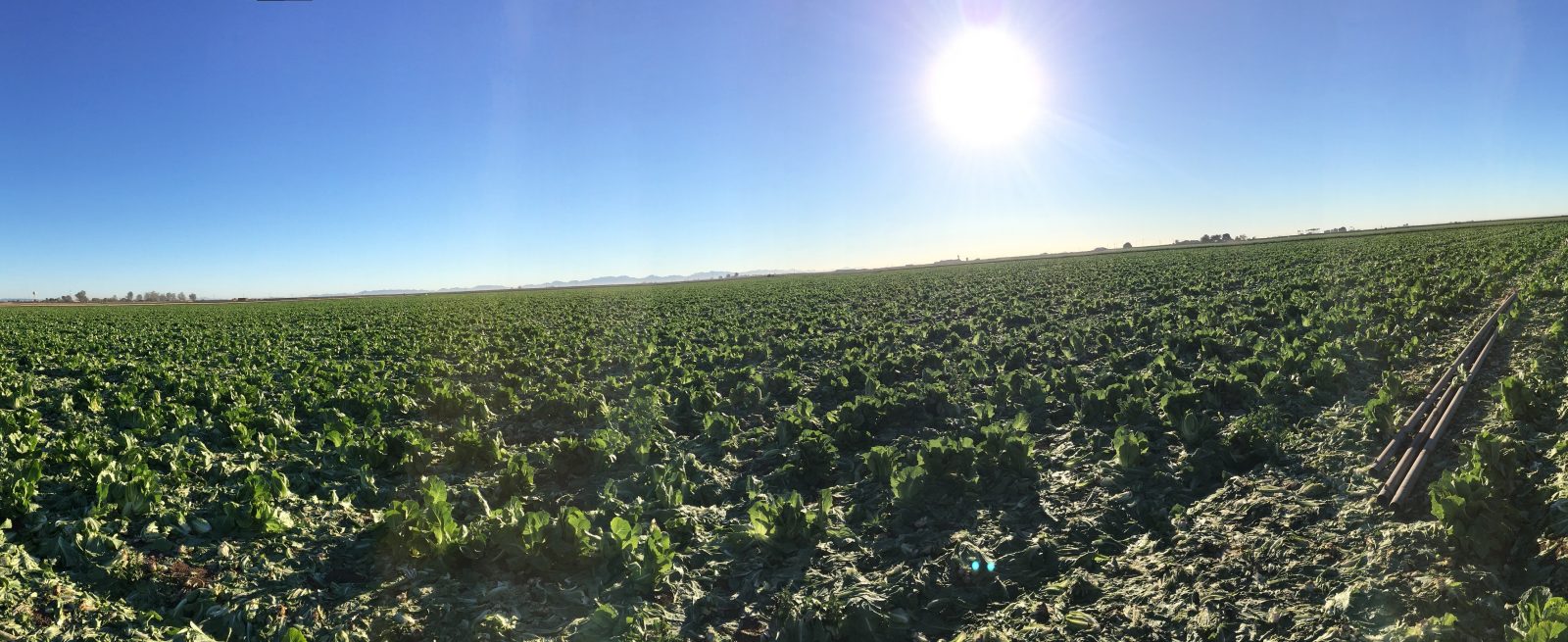MRM Talking With: Christine Moseley, Founder and CEO of Full Harvest
5 Min Read By MRM Staff
Full Harvest is the only B2B marketplace working to solve the problem of food waste by connecting farms with businesses interested in buying surplus or so-called "ugly" produce.
In this edition of MRM Talking With, Christine Moseley, Full Harvest's founder and CEO discusses the organization's roots, how they work to combat food waste, the advantages and misperceptions of imperfect produce and the role restaurants play.
How does Full Harvest work and what was the origin? Full Harvest is the first online business-to-business marketplace that connects food & beverage and food service companies directly to farms to purchase "ugly"and surplus produce. Providing value along the entire supply chain, Full Harvest significantly reduces wasted food and resources, lowers produce costs for food companies and creates revenue streams for farmers.
Full Harvest was founded out of a passion for the environment, sustainability and affordable healthy food.
Full Harvest was founded out…
Sorry, You've Reached Your Article Limit.
Register for free with our site to get unlimited articles.
Already registered? Sign in!

